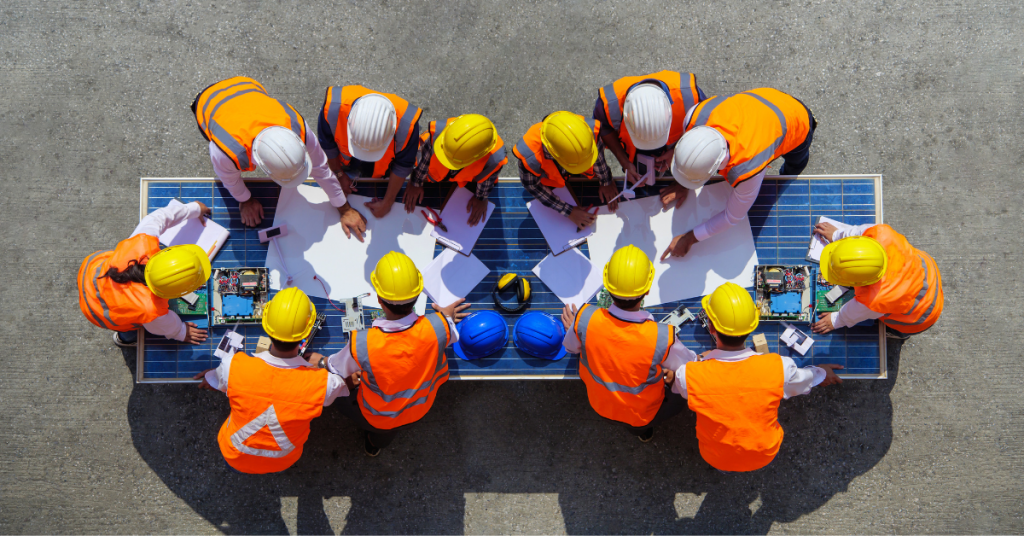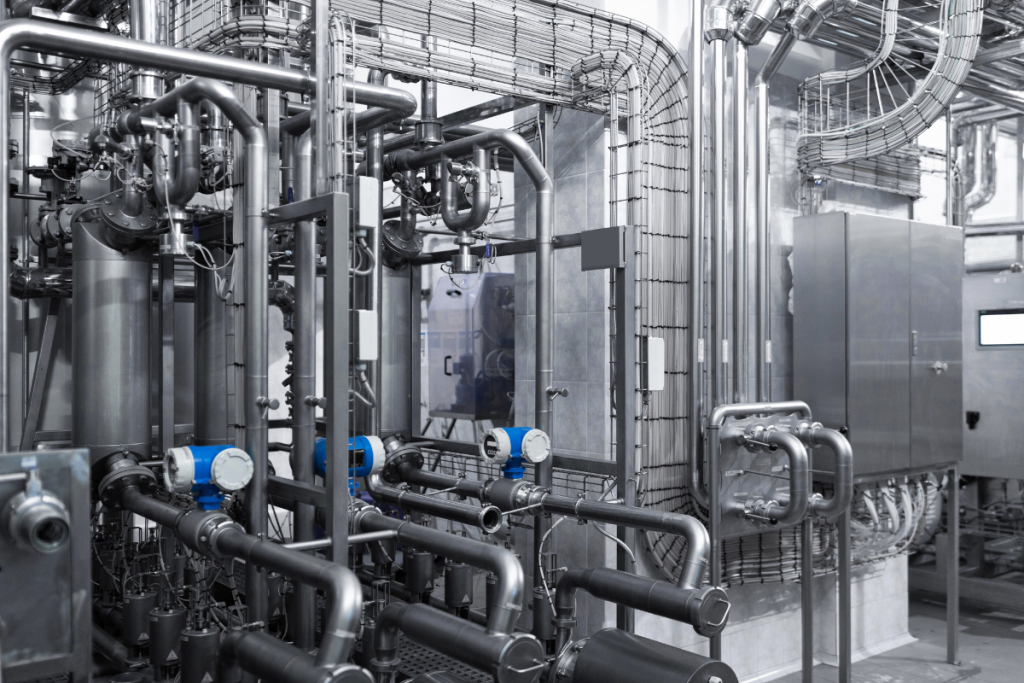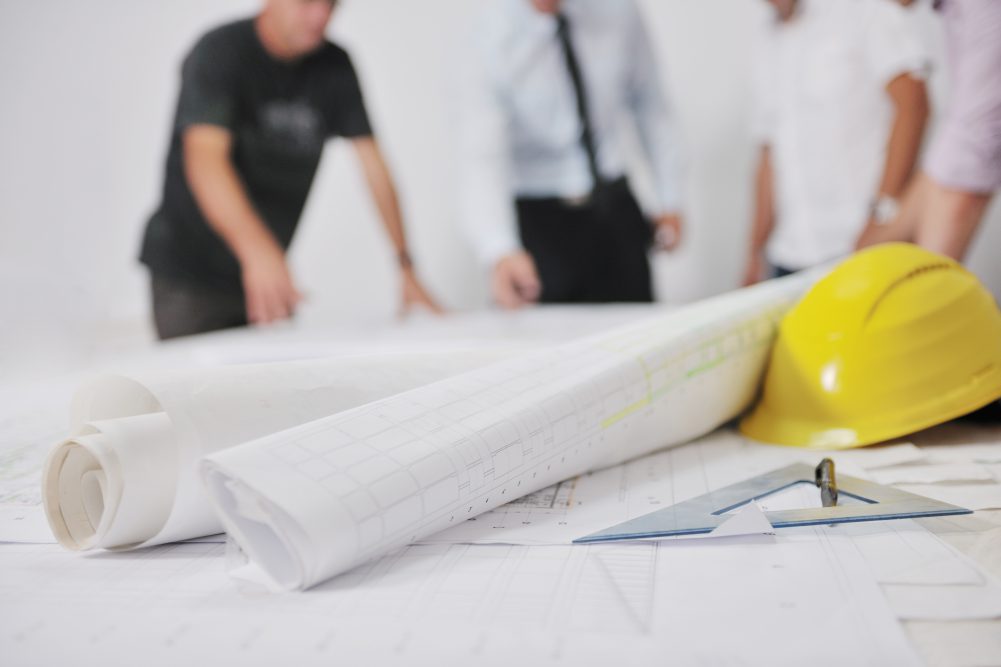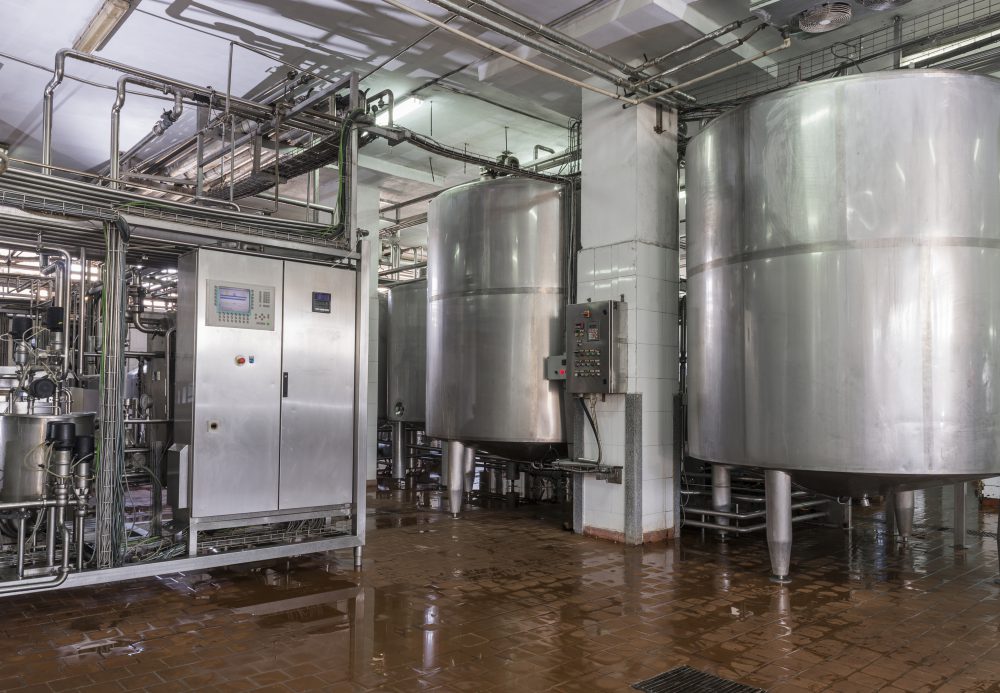Building a Food Plant: 5 Ways to Prevent Schedule Delays
The food and beverage design-build process demands attention to detail and a high level of expertise to navigate a maze of regulations, adhere to strict food safety guidelines, stay within budget and guarantee the facility is well-equipped to meet long-term production goals.
Effectively coordinating different disciplines, vendors and subcontractors to ensure timely and on-budget execution is an ongoing challenge in construction projects that requires careful planning and communication.
As an owner, you’re in the driver’s seat and play a pivotal role in the overall success of the project. Here are some key things you can do to support your design and construction teams and help streamline the process.
Continue Reading “Building a Food Plant: 5 Ways to Prevent Schedule Delays”






![[Infographic] Design Only vs. Design-Build: Pick the Best Delivery Method for Your Next Food Project](https://stellarfoodforthought.net/wp-content/uploads/2017/08/Stellar_Design-only-infographic_05242017.png)